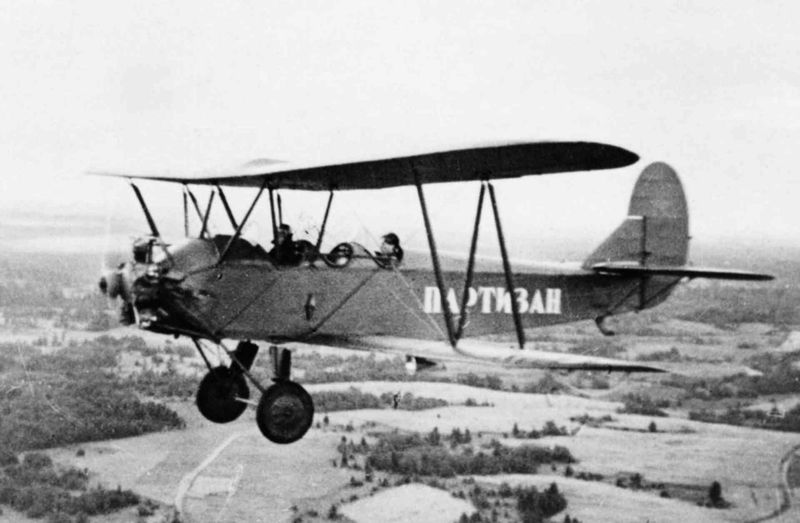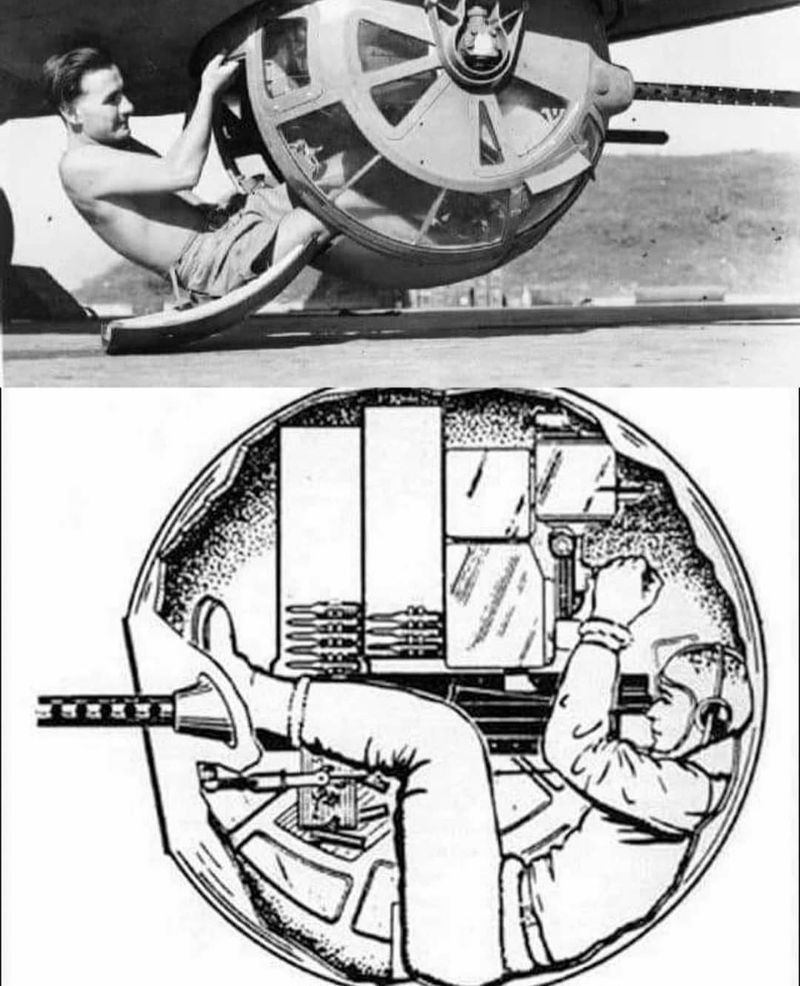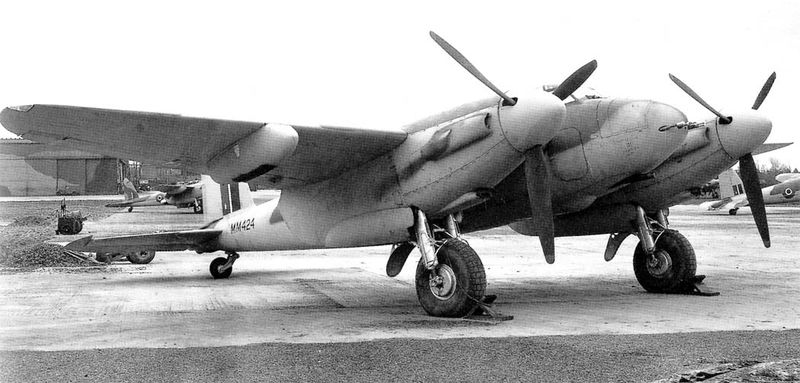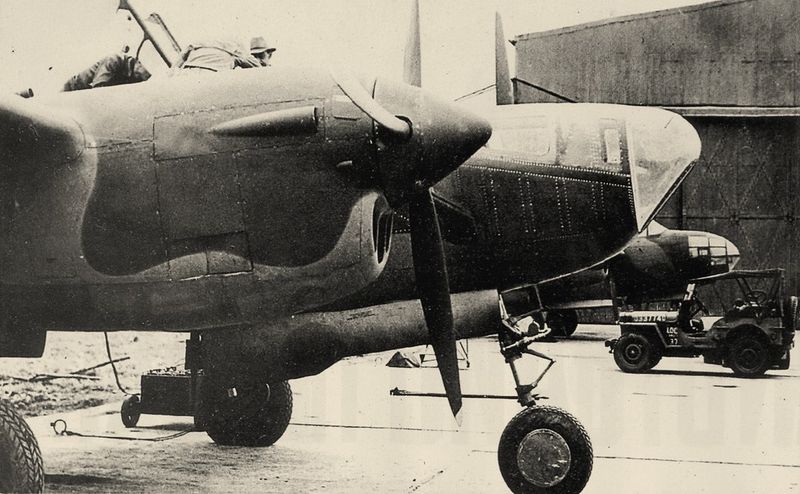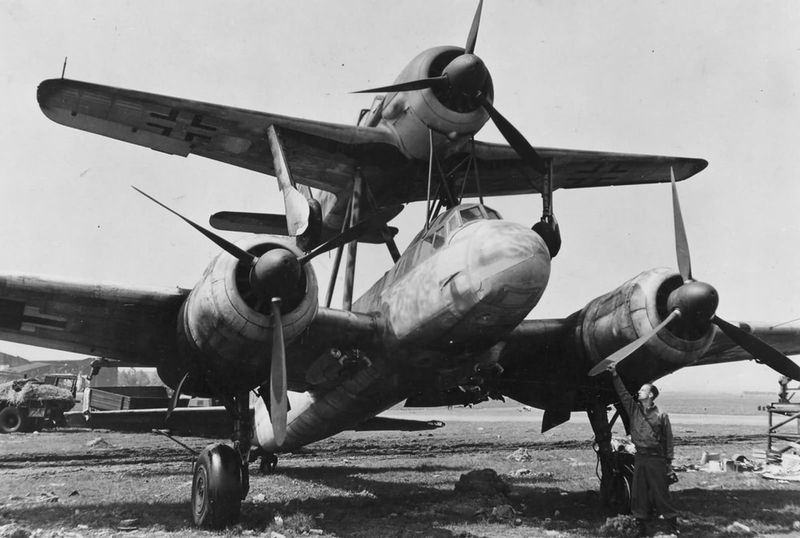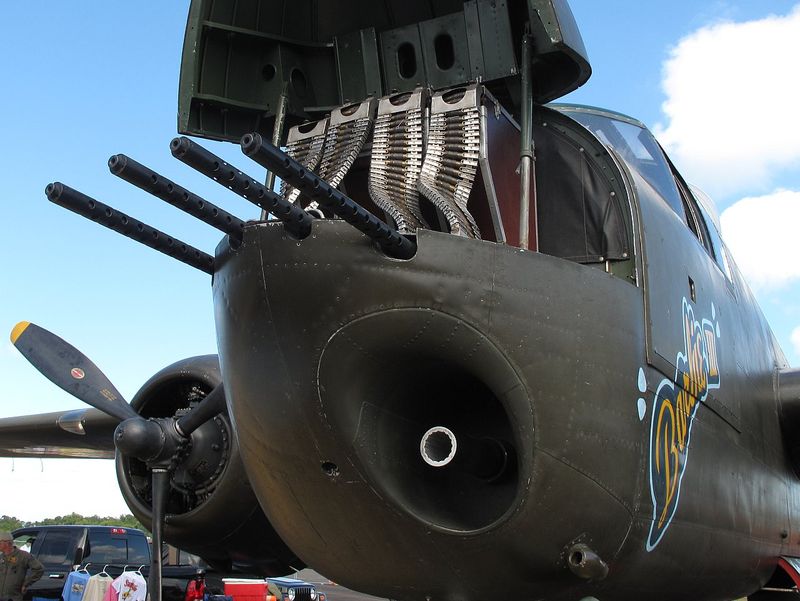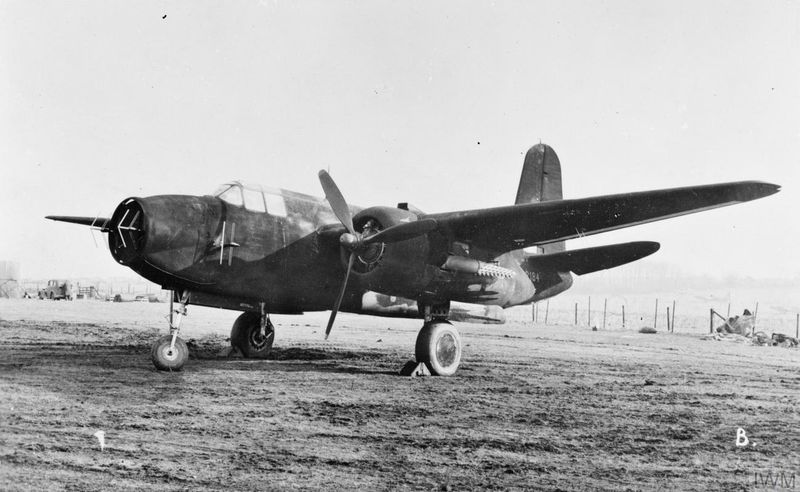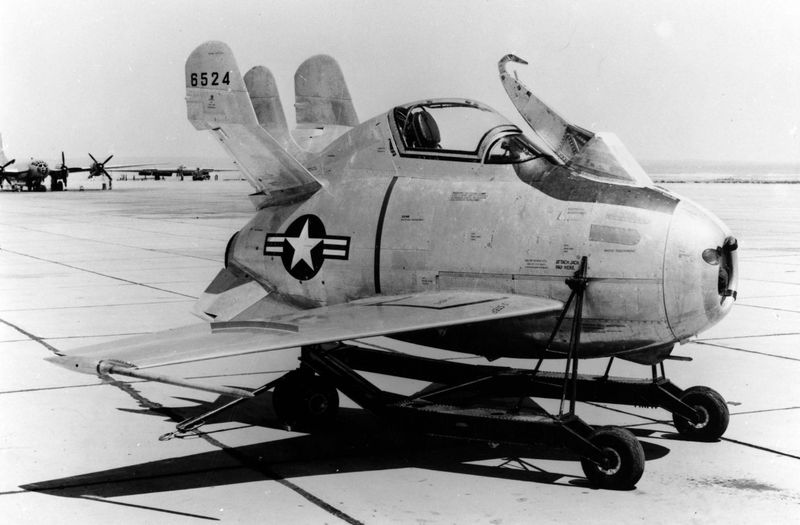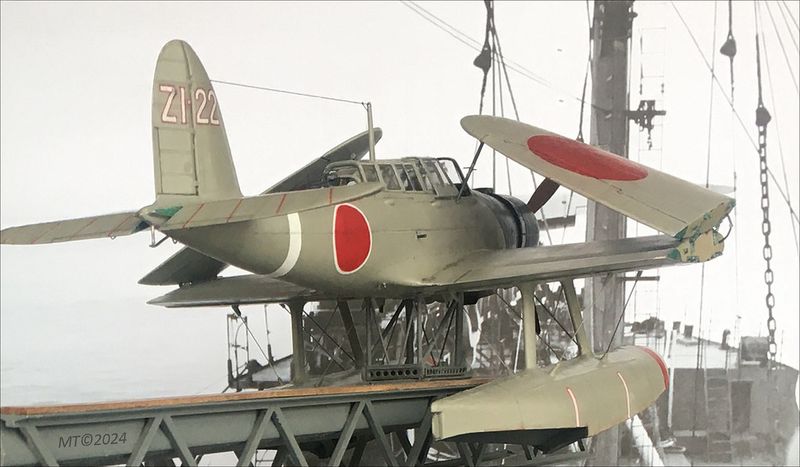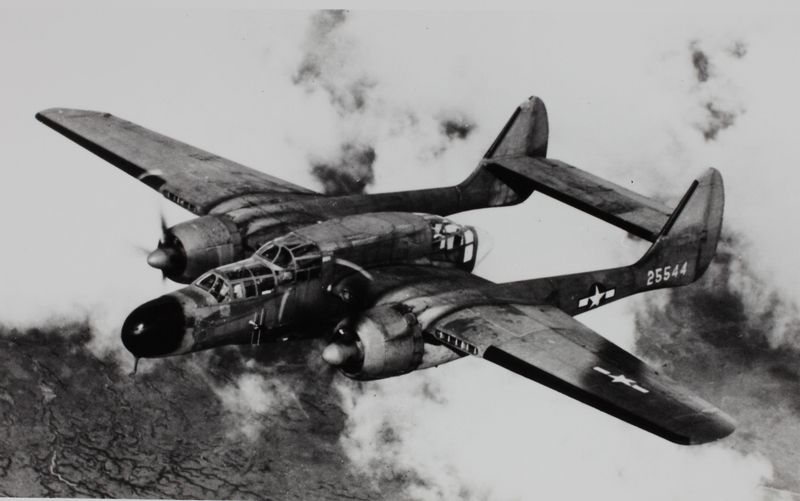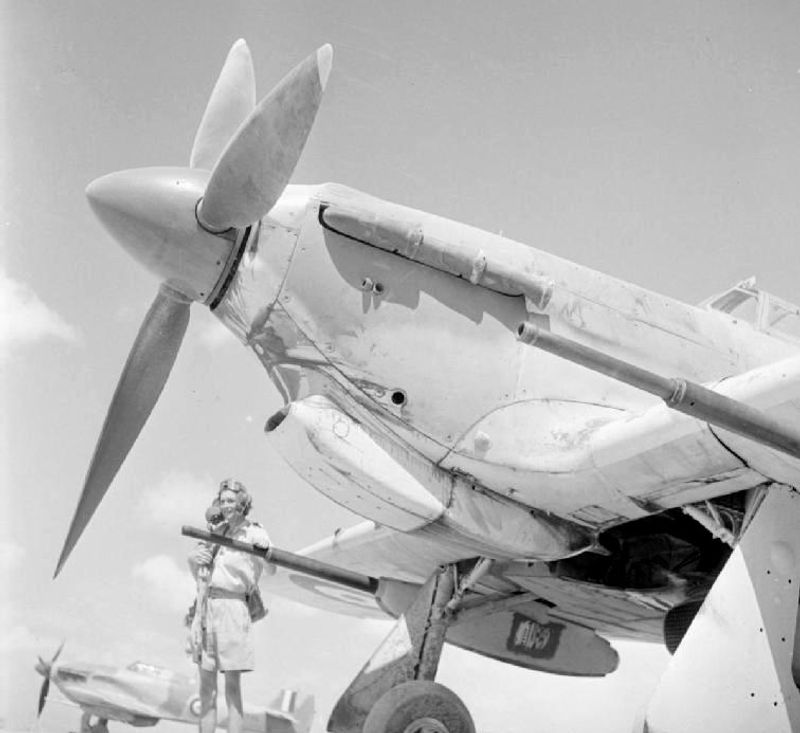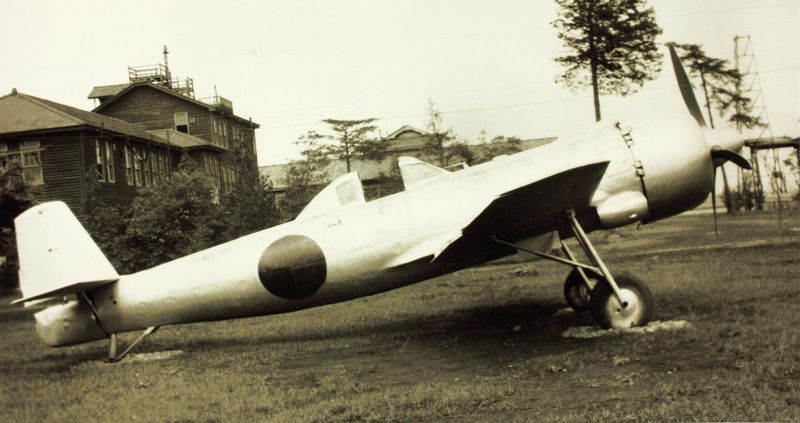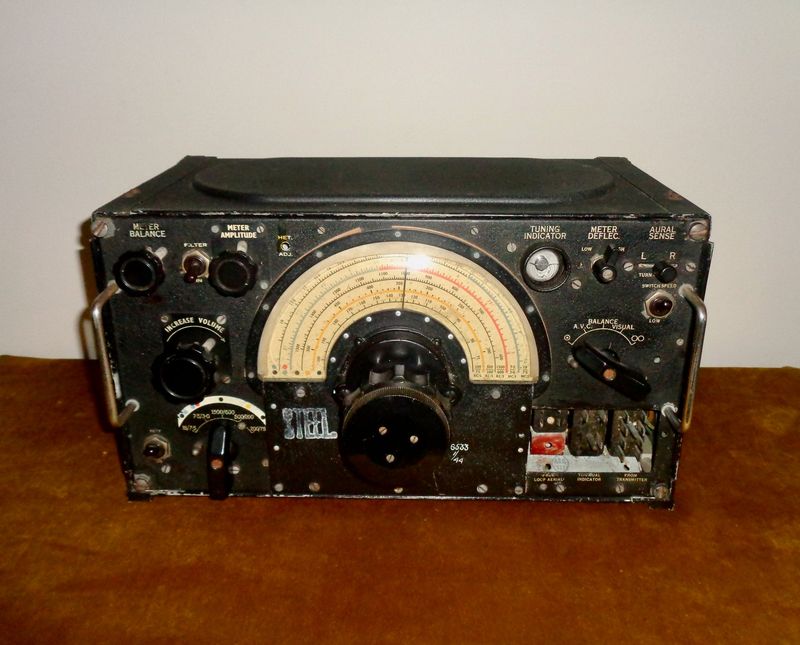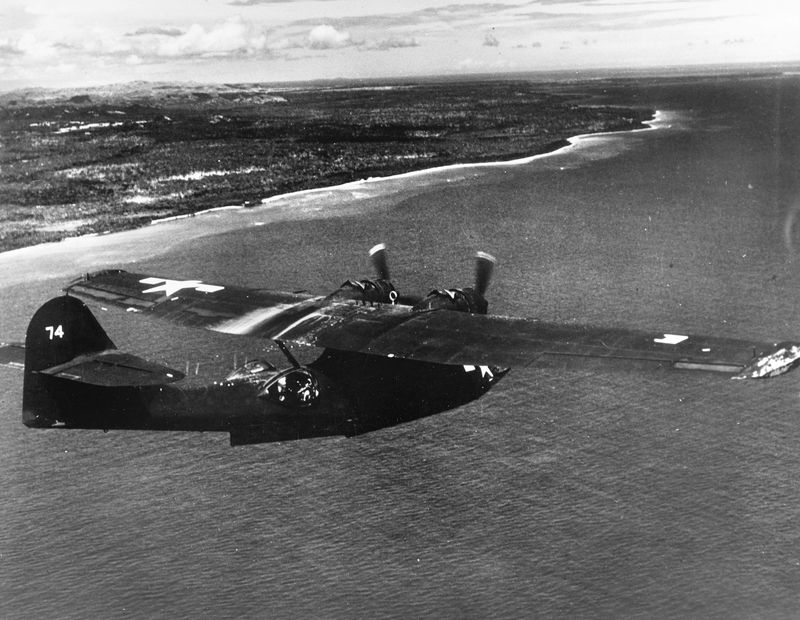World War II saw unprecedented innovation in aircraft technology, as nations sought to outmaneuver and outgun their adversaries. Among these advancements were unique modifications to existing aircraft that surprised and confounded enemy forces. This article explores 17 such aircraft modifications that not only demonstrated ingenuity but also significantly impacted the course of the war. From stealthy biplanes and chainsaw-equipped bombers to radar-jamming night fighters and kamikaze rocket planes, these modifications reveal a fascinating blend of creativity and desperation in wartime engineering.
1. The “Night Witch” Po-2 Biplanes – Soviet Stealth Bombers
The Soviet Po-2 biplanes, known as “Night Witches,” carried out night harassment raids that baffled German forces. With a design dating back to the 1920s, these wooden and fabric-covered aircraft were almost silent, evading radar detection with ease. Their slow speed became an asset, allowing them to navigate low and surprise enemies with unexpected bombing runs.
The eerie quiet of the Po-2s, combined with their stealthy approaches, created an unsettling psychological effect on troops below. Piloted by fearless women, these biplanes became legendary for their role in disrupting enemy operations with minimal resources.
2. B-17 “Yankee Lady” with a Chainsaw Turret
Some B-17 crews took an unusual approach to improving their bombing runs by adding chainsaw blades to the ball turret. This modification allowed them to slice through barrage balloons, a common defensive measure.
The spectacle of a chainsaw-equipped aircraft not only boosted the morale of the crews but also increased their effectiveness in reaching targets unscathed. This inventive measure showcased the lengths to which forces would go to overcome obstacles and achieve their missions during wartime.
The chainsaw turret remains a curious example of unexpected ingenuity in air warfare history.
3. The “Tsetse” Mosquito – A Bomber with a Tank-Busting Cannon
The British “Tsetse” Mosquito was a marvel of engineering, combining speed and firepower. Armed with a 57mm anti-tank gun, it could engage both U-boats and armored vehicles effectively.
This adaptation turned the de Havilland Mosquito into a formidable fighter-bomber, capable of precise, powerful strikes. Its versatility on various fronts made it a valuable asset in the war effort.
The nickname “Tsetse” was fitting, as like the fly, this aircraft became an unexpected and persistent threat to enemy forces, demonstrating the adaptability of existing aircraft designs.
4. P-38 “Droop Snoot” – A Lightning Turned Bombsight
The P-38 “Droop Snoot” was a unique variant of the Lightning, fitted with a glass nose to house a bombardier. This allowed it to lead bombing formations with unprecedented accuracy.
By transforming the P-38 into a precision-guided leader, the “Droop Snoot” increased the effectiveness of bombing raids, ensuring that each mission struck its intended target.
The innovation underscored the importance of precision in air warfare and the willingness to modify existing platforms to achieve superior results.
5. The German “Mistel” – A Drone Bomber on a Fighter
The German “Mistel” was a remarkable blend of old and new aircraft technologies. By mounting a fighter on an explosive-laden Ju-88 bomber, the pilot could aim the combination at a target, then detach and escape.
This innovative approach turned the Ju-88 into a guided missile, with a manned fighter ensuring precision. The “Mistel” strategy demonstrated both creativity and the tactical use of available resources.
Despite mixed success, the concept highlighted the evolving role of aircraft as precision-guided tools in warfare, foreshadowing modern drone technology.
6. The “Bat” Guided Bomb – The First Smart Weapon
The “Bat” was an extraordinary leap in bombing technology, representing the first radar-guided glide bomb. It allowed the US Navy to engage enemy ships with remarkable precision.
Deployed late in the war, this innovation paved the way for modern smart weapons, showcasing the potential of guided systems in combat.
The Bat’s introduction marked a shift towards technology-driven warfare, where precision and efficiency became paramount in military strategy.
7. The “Grizzly” – A B-25 with 14 Forward-Facing Machine Guns
The “Grizzly” B-25 Mitchell was modified to maximize offensive capability, equipped with 14 forward-facing .50-caliber machine guns. This made it a fearsome strafer, capable of decimating ground targets.
This transformation turned the B-25 into a formidable weapon, blending speed with overwhelming firepower. Such adaptations underscored the versatile nature of aircraft in WW2, tailored to specific combat needs.
The “Grizzly” variant exemplified the relentless pursuit of advantage, ensuring dominance in the air and on the battlefield.
8. The “Turbinlite” – A Night Fighter with a Searchlight
The “Turbinlite” was a unique night fighter modification, featuring a massive searchlight on its nose. This allowed it to illuminate enemy aircraft for accompanying fighters to target.
In the era before advanced radar, this approach was innovative, turning night skies into a theater of light and shadow. It was a precursor to more sophisticated night-fighting technology.
Despite its eventual obsolescence, the Turbinlite demonstrated the importance of collaboration between aircraft, combining illumination with combat capability.
9. The “Goblin” – A Parasite Fighter Inside a B-36
The XF-85 Goblin was an audacious attempt to provide bombers with their own fighter protection. Designed to be carried inside a B-36, it could be launched and retrieved mid-air.
This “parasite fighter” concept was futuristic, envisioning a self-contained fighter escort system. Though ultimately impractical, it highlighted innovative thinking in aircraft design.
The Goblin’s story is one of ambition, daring to blend the roles of bomber and fighter into a single, cohesive unit, pushing the boundaries of what was possible in aviation.
10. The “Jake” Seaplane with Rockets
The Japanese E13A “Jake” seaplane was modified to carry unguided rockets, transforming it from a reconnaissance plane into an attack aircraft.
This adaptation allowed the “Jake” to perform surprise strikes, adding a new dimension to its operational capabilities. The incorporation of rockets made it a versatile tool in the Japanese naval arsenal.
The modified “Jake” exemplified the flexibility of aircraft roles during wartime, shifting from observation to direct engagement with enemy forces.
11. The “Stuka with Sirens” – Psychological Warfare
The Ju-87 Stuka became infamous for its psychological impact, thanks to the addition of Jericho Trumpets—sirens that emitted a terrifying scream during dives.
This modification was designed to instill fear and panic in enemy troops, as much a weapon of morale as destruction. The sound became synonymous with impending doom.
The Stuka’s sirens exemplified how psychological tactics were woven into warfare, using sound to amplify the aircraft’s deadly reputation on the battlefield.
12. The “Black Widow” P-61’s Radar-Jamming “Carpet”
The P-61 Black Widow was equipped with a “carpet” jamming system, an early form of electronic warfare designed to blind enemy radar.
This enhancement allowed the P-61 to operate more freely at night, disrupting enemy defenses and protecting allied forces. It marked a shift towards electronic countermeasures in combat.
The Black Widow’s radar-jamming capability was a pivotal development, showcasing the integration of technology to gain the upper hand in aerial warfare.
13. The “Baka Bomb” – Japan’s Kamikaze Rocket Plane
The Yokosuka MXY-7 Ohka, or “Baka Bomb,” was a radical concept in warfare, a human-guided rocket plane used for kamikaze attacks.
Launched from bombers, it could reach speeds of 600 mph, making it a formidable threat to allied ships. Its design prioritized speed and impact over survivability.
The “Baka Bomb” embodied the desperate, sacrificial tactics employed in the later stages of the war, highlighting the extremes of aerial combat innovation.
14. The “Tank Buster” Hawker Hurricane with 40mm Cannons
The Hawker Hurricane was adapted to carry 40mm anti-tank guns, transforming it into a potent tank buster capable of neutralizing armored threats.
This modification allowed the Hurricane to engage ground targets effectively, providing essential support to ground forces. It highlighted the versatility of the aircraft beyond traditional dogfighting roles.
The “Tank Buster” variant demonstrated the adaptability of existing designs to meet evolving battlefield challenges, combining air power with anti-armor capabilities.
15. The “Zero with Rockets” – Suicide Attack Mod
Some Japanese Zeros were modified for suicide attacks by adding large unguided rockets, turning them into flying projectiles directed at allied ships.
This modification underscored the extreme tactics employed by Japanese forces, willing to sacrifice aircraft and pilots for strategic impact.
The “Zero with Rockets” reflected the desperate measures taken in the conflict’s final stages, where technology was adapted for maximum psychological and physical effect.
16. The “Pipsqueak” – A British Radio Homing Device
The “Pipsqueak” was an innovative radio homing device used by RAF fighters, allowing ground controllers to track aircraft effectively.
This early form of identification, friend or foe (IFF) system, improved coordination and safety in the air, marking a step forward in aerial communication technology.
The “Pipsqueak” system was a testament to the integration of technology to enhance situational awareness and operational efficiency during the war.
17. The “Dumbo” PBY Catalina – Submarine Hunter with Depth Charges
The PBY Catalina was enhanced to become a formidable submarine hunter, equipped with sonobuoys and depth charges.
This modification allowed the Catalina to detect and engage U-boats with increased effectiveness, playing a crucial role in anti-submarine warfare.
The “Dumbo” variant highlighted the importance of versatility and adaptability in aircraft design, ensuring that the Catalina remained a valuable asset throughout the war.

